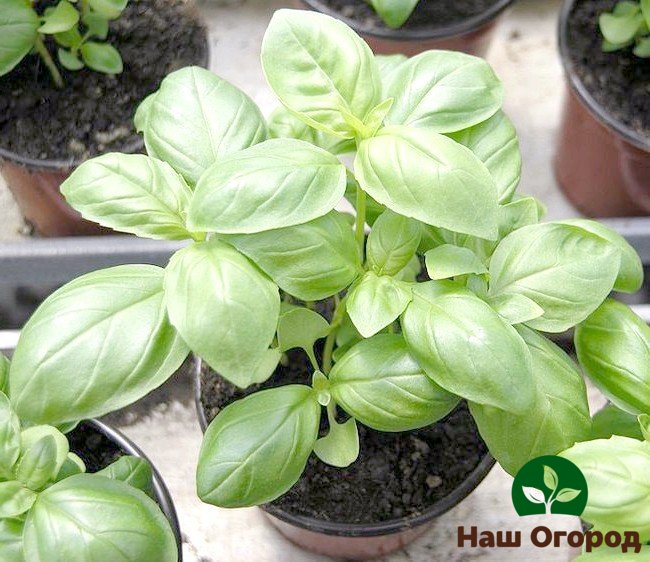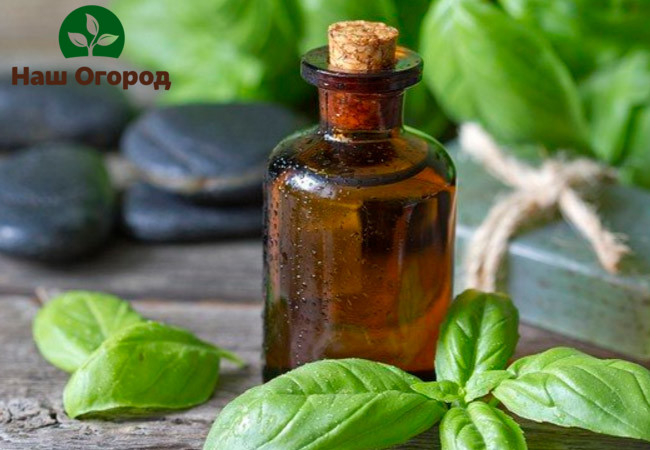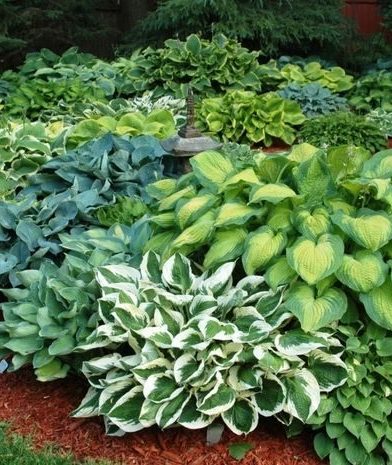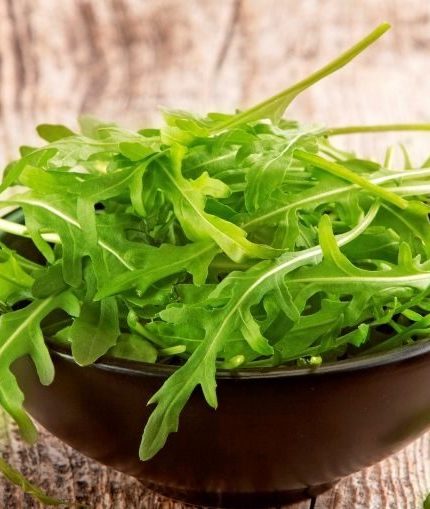Common basil
Content:
Common basil: plant description
Common basil belongs to 1-year-old grass plants, its height reaches up to forty centimeters in length, its stem is erect, resembles a tetrahedron in shape, is bare to the touch, branches strongly from the beginning. The leaves are opposite, egg-shaped, petiolate, pointed at the end, have sparse teeth at the edges, or the extreme leaves fall entirely. It blooms with white or pink flowers, which are located at the tops of the leaves in the axils of three pieces, thus forming large in length brushes at the end of the stem and branches. The fruit of common basil is presented in the form of dry, which disintegrates when ripe into 4 smooth slices in the shape of an oval nut, they are brown-black in color. Common basil blooms all summer
The common basil plant originated in eastern India and Sri Lanka. In Europe, it appeared as a spice and medicinal plant, it is also widely distributed in other countries. Wild varieties can be found in subtropical and tropical parts of Asia and Africa.
Common basil types
In Russia, basil is grown in the North Caucasus and Crimea in order to extract essential oil from it and use it as a spice. Common basil can be divided into four types:
- Small basil - the color of the leaves is green or purple, and in shape they are simple or curly, with a pleasant delicate aroma.
- Basil large - the plant itself is large in size, the color of its leaves is green, and the flowers are purple, it is distinguished by its specific aniseed smell.
- Basil spoon-shaped (ship-shaped) - it has large trough-shaped leaves.

- Bundle basil - It belongs to low-growing plants, and it is usually used as an ornamental plant to decorate curbs or club.
Usually, the aerial part of the common basil with flowers and without the lower lignified parts of the stem is used. If you sowed this crop early, then you can harvest the raw material twice per season, in some cases it turns out even more. The grass must be prepared when mass flowering begins and in sunny, not rainy weather. If you harvest late, you will lose some of the green mass and this will also reduce its quality. To dry the raw material, it is necessary to decompose it in the open air or in a special dryer at a temperature not exceeding thirty-five degrees. The raw material from which the essential oil is subsequently obtained is distilled with steam only in a fresh state. If dry basil leaves are stored without access to humid air and light, then it will retain its color and all the spicy properties until the start of the new harvest.
The use of common basil for medicinal purposes
The part that grows above the ground is usually used as an emollient, anti-febrile and digestive aid.
Basil oil awakens appetite and has anti-inflammatory properties. It is usually recommended for inflammation of the urinary tract, as well as for coughs. It also finds application as an external wound healing agent.

In Bulgaria, people use a hot tincture of common basil for inflammation of the kidneys, bladder, and urinary canals and for those suffering from colds of the upper respiratory tract.It can be used as a sedative for toothache, for this it is recommended to mix the broth with vinegar and a small amount of table salt. For the treatment of purulent inflammation of the middle ear, juice from fresh leaves is used.
In the course of experiments, Bulgarian scientists have found that basil extracts are capable of having antispasmodic properties in case of intestinal and stomach colic. Basil oil has antimicrobial effect on various microorganisms.
Common basil: food use
Leaves and stems of common basil, both dry and fresh, are used as a seasoning for food, some like whole leaves, and some like crushed ones. To get the pepper mix powder from dry basil leaves into a mixture with rosemary. Also, common basil is used for the preparation of various canned vegetables, juice. It is a source of essential oil, which is subsequently used in perfumery products.
As a spice, common basil is widely used in European cuisine. The essential oil is capable of imparting the aroma of allspice to the leaves and shoots. Fresh and dried fragrant leaves and sprouts are used in salads, sauces and a variety of dishes. In the production of canned food and sausages, fresh or dry flowers and leaves of common basil are also used.




